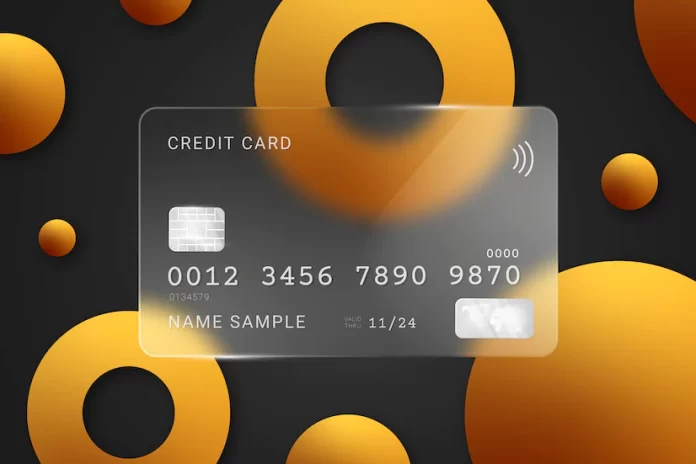When it comes to making broad forecasts in an ambiguous climate, Spear said he is very cautious, although he did point out that some of the hardest-hit industries, including airlines and travel in general, are beginning to recover. Of course, omicron or the next COVID-19 variation may have an impact on it. However, TreviPay’s clients are still undergoing digital transitions.
Although there are many similarities between now and where we were in 2020, Spear said, “my takeaway is that although there are many similarities, I think we’re in a much better place overall in terms of the resilience of the businesses, the amount of cash they have, and how they’ve adapted to this changing world.”
The broad adoption of digital-first strategies for everything, including payments, is one of these adjustments. Thus, B2B clients anticipate similar experiences to those they have been accustomed to in their daily lives.
Despite the fact that B2B transactions are substantially more complicated than the average one-to-one consumer purchase, businesses are still capable of providing customers with an equally smooth and frictionless experience. Further, Spear saw that an increasing number of his clients wanted to customize the entire experience for their own clients, suppliers, or business associates.
In order for the end customer to integrate your skills at the appropriate times in their interaction with their client, Spear highlighted that service provider like us must actually expose what we do through services or [application programming interfaces (APIs)].
While demand for TreviPay’s services has been strong across a wide range of industries, it has been especially strong among manufacturers, who are currently reimagining their distribution models and go-to-market strategies in response to the pandemic in an effort to be more accessible to their end consumers.











